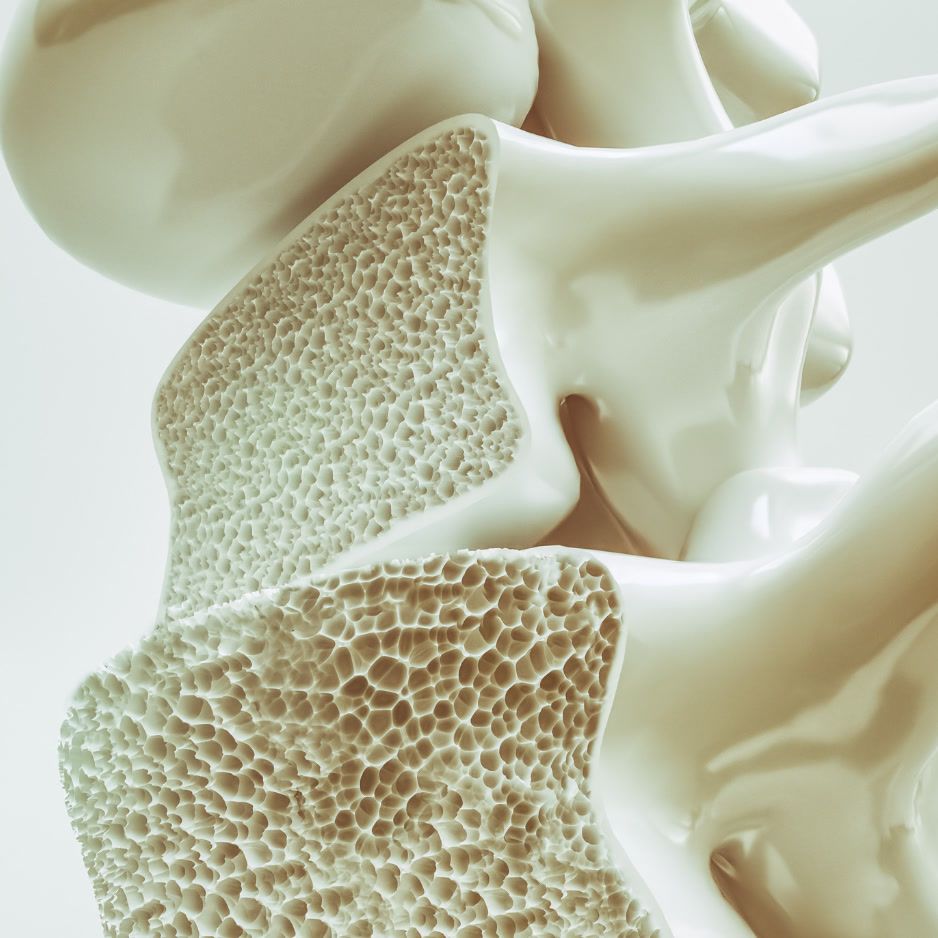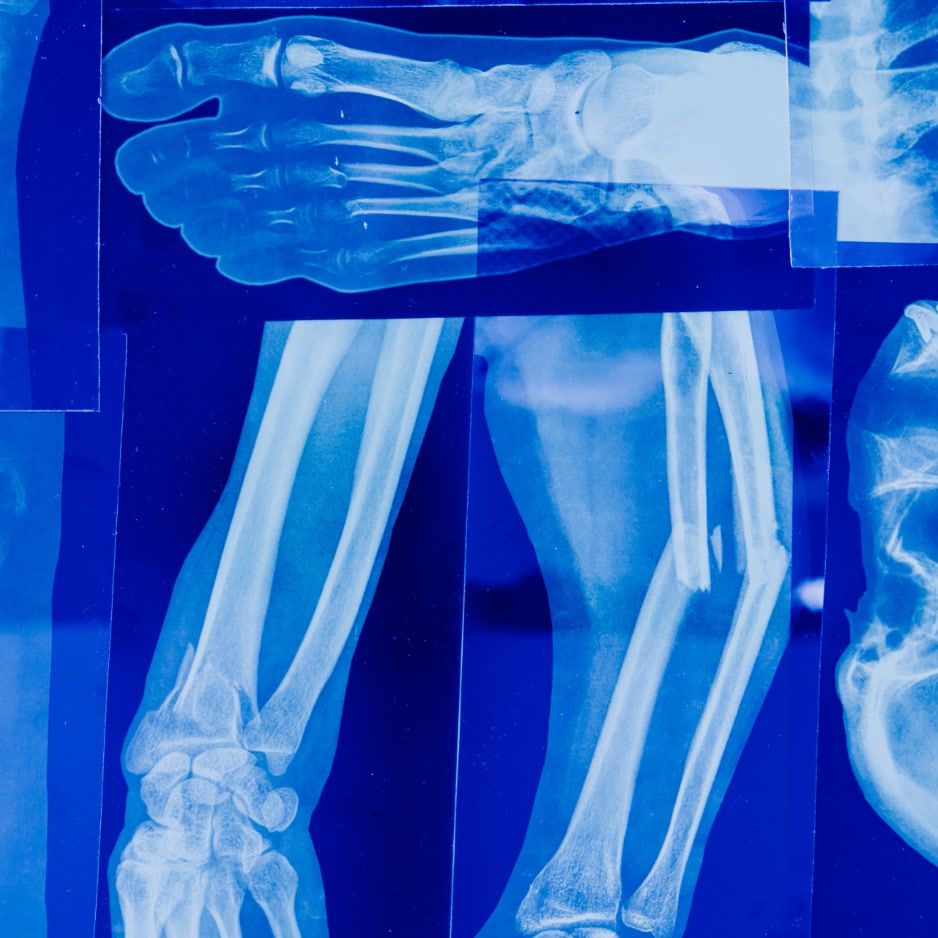Understanding Visceral Fat: What You Need to Know

Understanding Visceral Fat: What You Need to Know
When it comes to weight loss and healthy living, people tend to focus on losing weight or getting in shape. However, many fail to recognize that weight loss and getting in shape are about more than just looking good. Specifically, there is a type of fat that is particularly dangerous and can increase the risk of developing chronic disease–visceral fat.
What is Visceral Fat?
Visceral fat is a type of fat that is located deep within the abdominal cavity. Unlike subcutaneous fat that is found beneath the skin, visceral fat surrounds the organs in the midsection of the body, such as the liver, pancreas, and intestines.
Get weekly updates.
Definition and Characteristics
Visceral fat is different from other types of fat in that it is metabolically active. This means it produces hormones and toxins that travel throughout the body, affecting various organs. Research shows that high levels of visceral fat are associated with diseases such as diabetes, heart disease, and cancer. In fact, studies suggest that people with high levels of visceral fat are at a higher risk of developing these health conditions compared to people with the same BMI but with lower levels of visceral fat.
Visceral fat is also known as "active fat" because it actively releases fatty acids into the bloodstream, which can cause inflammation and insulin resistance. This can lead to a variety of health problems, including high blood pressure, high cholesterol, and type 2 diabetes.
Visceral Fat vs. Subcutaneous Fat
Subcutaneous fat is the fat located just beneath the skin and is typically visible. Visceral fat, on the other hand, is not visible and can only be measured using imaging techniques, such as MRI, ultrasound, or CT scan.
While both types of fat are unhealthy in high quantities, visceral fat is more harmful because it is associated with more health problems than subcutaneous fat. Subcutaneous fat is also easier to lose through diet and exercise, while visceral fat is more stubborn and requires more effort to get rid of.
How to Reduce Visceral Fat
The good news is that visceral fat can be reduced through lifestyle changes, such as a healthy diet and regular exercise. A diet high in fiber and protein and low in processed foods and added sugars can help reduce visceral fat. Exercise, especially aerobic exercise, has been shown to be effective in reducing visceral fat.
Other lifestyle changes that can help reduce visceral fat include getting enough sleep, managing stress levels, and avoiding smoking and excessive alcohol consumption.
It's important to note that losing weight overall can also help reduce visceral fat, as well as improve overall health and reduce the risk of chronic diseases.
Conclusion
Visceral fat is a type of fat that is located deep within the abdominal cavity and surrounds the organs in the midsection of the body. It is metabolically active and produces hormones and toxins that can lead to various health problems. While both visceral and subcutaneous fat are unhealthy in high quantities, visceral fat is more harmful and requires lifestyle changes to reduce. By eating a healthy diet, exercising regularly, and making other lifestyle changes, you can reduce visceral fat and improve your overall health.
Causes of Visceral Fat Accumulation
Visceral fat, also known as belly fat, is a type of fat that accumulates around the organs in the abdominal cavity. This type of fat can increase the risk of health problems such as type 2 diabetes, heart disease, and certain types of cancer. Several factors can contribute to the development of visceral fat, including:
Genetics and Hormones
While lifestyle factors play a significant role in the development of visceral fat, genetics, and hormones also play a part. Research suggests that the amount of visceral fat a person has can be partially determined by their genetics. Certain genes may make it more difficult for some individuals to lose weight or store fat in certain areas of the body, including the abdomen.
In addition to genetics, hormones such as cortisol and insulin can also lead to an accumulation of visceral fat in the body. Cortisol, often referred to as the "stress hormone," is released in response to stress and can increase appetite and promote fat storage in the abdominal area. Insulin, a hormone that regulates blood sugar levels, can also contribute to the development of visceral fat when the body becomes resistant to its effects.
Diet and Lifestyle Factors
Poor diet and a sedentary lifestyle are also contributing factors to the development of visceral fat. High-calorie diets, especially those high in sugar and unhealthy fats, promote fat accumulation, including visceral fat. A lack of physical activity and a sedentary lifestyle also contribute to visceral fat by reducing the number of calories burned and disrupting metabolic processes in the body.
In contrast, a healthy diet and regular exercise can help to reduce visceral fat. Eating a diet rich in fruits, vegetables, whole grains, and lean protein can help to promote weight loss and reduce the risk of health problems associated with visceral fat. Exercise, including both aerobic and strength training, can help to burn calories and reduce the amount of visceral fat in the body.
Stress and Sleep
Chronic stress and poor sleep quality have also been linked to the accumulation of visceral fat. Stress and lack of sleep can increase the levels of cortisol in the body, which can reduce insulin sensitivity and contribute to the development of type 2 diabetes. These factors also increase appetite and promote cravings for unhealthy foods, leading to a cycle of weight gain that can be hard to break.
To reduce stress levels and improve sleep quality, individuals can try practices such as mindfulness meditation, yoga, or deep breathing exercises. Getting enough sleep on a regular basis is also important for overall health and weight management.
Overall, the development of visceral fat is influenced by a variety of factors, including genetics, hormones, diet, lifestyle, stress, and sleep. By making healthy lifestyle choices and managing stress levels, individuals can reduce their risk of developing visceral fat and the health problems associated with it.
Health Risks Associated with Visceral Fat
Visceral fat is a type of body fat that is stored within the abdominal cavity, surrounding vital organs such as the liver, pancreas, and intestines. While some body fat is necessary for insulation and energy storage, excess visceral fat can be harmful to your health and increase your risk of developing a range of chronic conditions.
Cardiovascular Disease
Visceral fat produces inflammatory molecules that can damage the walls of arteries, leading to the development of cardiovascular disease. Studies show that people with high levels of visceral fat have an increased risk of developing heart disease, stroke, and high blood pressure. In addition, excess visceral fat can also contribute to the accumulation of plaque in the arteries, further increasing the risk of heart disease.
To reduce your risk of cardiovascular disease, it is important to maintain a healthy weight and engage in regular physical activity. This can help to reduce the amount of visceral fat in your body and improve your overall cardiovascular health.
Type 2 Diabetes
Visceral fat can interfere with insulin sensitivity, which can lead to type 2 diabetes. Studies show that people with high levels of visceral fat are more likely to develop insulin resistance and type 2 diabetes than people with lower levels of visceral fat. In addition, excess visceral fat can also contribute to the development of metabolic syndrome, a cluster of conditions that increase the risk of heart disease, stroke, and diabetes.
To reduce your risk of type 2 diabetes, it is important to maintain a healthy weight, engage in regular physical activity, and eat a balanced diet that is rich in whole grains, fruits, vegetables, and lean protein sources.
Inflammation and Immune System Dysfunction
Visceral fat produces cytokines–inflammatory molecules that travel throughout the body and can interfere with the normal functioning of the immune system. This can contribute to chronic inflammation and increase the risk of developing autoimmune diseases and other chronic conditions. In addition, chronic inflammation has been linked to an increased risk of depression, cognitive decline, and other mental health conditions.
To reduce your risk of chronic inflammation, it is important to maintain a healthy weight, engage in regular physical activity, and eat a balanced diet that is rich in anti-inflammatory foods such as fatty fish, nuts, seeds, and leafy greens.
Increased Cancer Risk
Studies suggest that people with high levels of visceral fat are at a higher risk of developing certain types of cancer, such as breast, colon, and pancreatic cancer. It is still unclear why visceral fat increases the risk of developing cancer, but it is believed to be related to the inflammatory molecules that are produced by visceral fat cells.
To reduce your risk of cancer, it is important to maintain a healthy weight, engage in regular physical activity, and eat a balanced diet that is rich in fruits, vegetables, and whole grains. In addition, it is important to avoid smoking and limit your alcohol consumption.
In conclusion, excess visceral fat can be harmful to your health and increase your risk of developing a range of chronic conditions. By maintaining a healthy weight, engaging in regular physical activity, and eating a balanced diet, you can reduce your risk of developing these conditions and improve your overall health and well-being.
How to Measure Visceral Fat
Visceral fat, also known as intra-abdominal fat, is the fat that surrounds your organs and can increase your risk for various health problems such as heart disease, diabetes, and stroke. It is important to measure your visceral fat to determine if you are at risk for these health problems. Here are some ways to measure your visceral fat:
Body Mass Index (BMI)
While BMI is not a direct measure of visceral fat, it is a useful tool to estimate the amount of visceral fat in the body. BMI is calculated by dividing your weight in kilograms by your height in meters squared. A BMI of 30 or higher is correlated with high levels of visceral fat. However, it is important to note that BMI does not take into account muscle mass, so it may not be accurate for individuals with a high amount of muscle.
For example, a bodybuilder may have a BMI of 30 or higher due to their high muscle mass, but they may not have a high amount of visceral fat. Therefore, it is important to use other measurements in conjunction with BMI to accurately determine your visceral fat levels.
Waist Circumference
Measuring your waist circumference is another way to estimate the amount of visceral fat you have. To measure your waist circumference, wrap a tape measure around your waist at the level of your belly button. A waist circumference of more than 35 inches for women and 40 inches for men is associated with high levels of visceral fat.
It is important to note that waist circumference alone may not be accurate for individuals who are very tall or very short, as it does not take into account their height. In these cases, other measurements such as BMI or imaging techniques may be more accurate.
Imaging Techniques
The most accurate way to measure visceral fat is through imaging techniques such as MRI, ultrasound, or CT scan. These techniques can provide a detailed image of the amount of visceral fat in your body and can also help identify any other health problems that may be associated with high levels of visceral fat.
However, these imaging techniques can be expensive and may not be accessible to everyone. Therefore, using a combination of measurements such as BMI and waist circumference may be a more practical way to estimate your visceral fat levels.
It is important to monitor your visceral fat levels and take steps to reduce them if they are high. This can include making changes to your diet and exercise routine, reducing stress levels, and getting enough sleep.
Conclusion
Visceral fat is a dangerous type of fat that can lead to severe health problems. It is crucial to maintain a healthy diet and active lifestyle to reduce the risk of developing visceral fat. Regular exercise, a balanced diet, and stress management can help keep visceral fat at bay and reduce the risk of developing chronic diseases such as diabetes and heart disease.
You can measure your body fat and composition, lean mass gains and losses over time, and bone health, by getting regular DEXA scans. DEXA scans can help you pinpoint regional changes in your muscle and fat as you work towards your goals. Your data will accrue and compare side by side in your BodySpec reports, so you can stay on track to being your best self. Book an appointment today!


